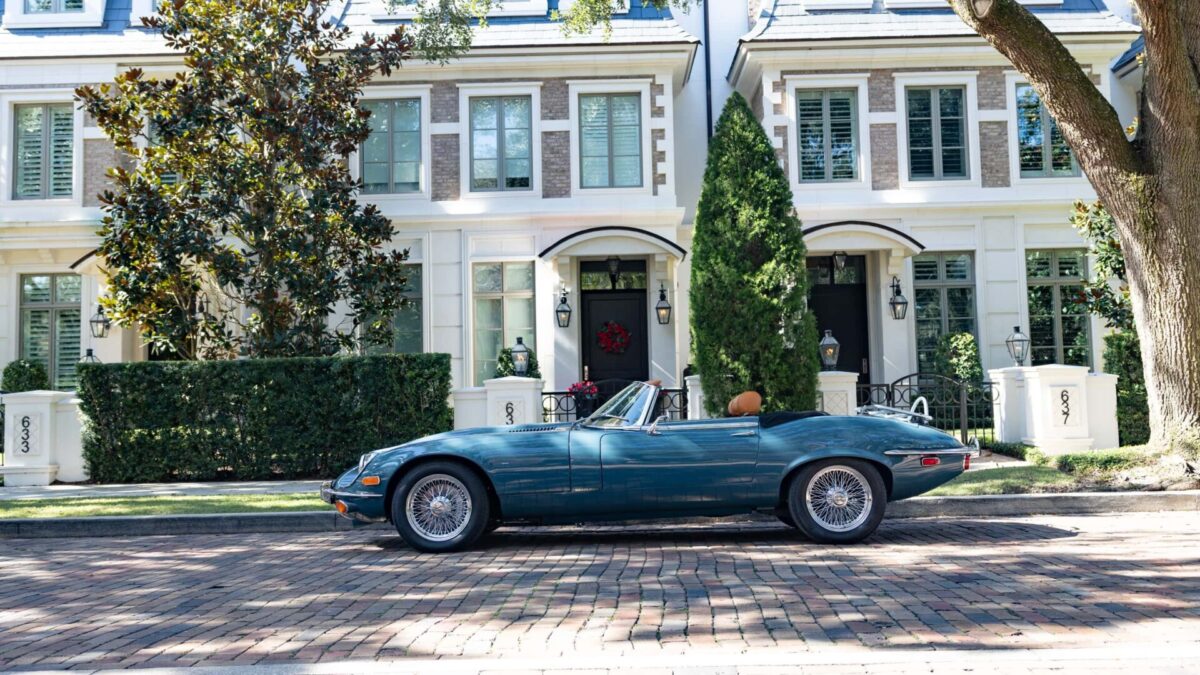Blog
The Jaguar E-Type Renaissance: Why the Iconic Cat Is Hotter Than Ever
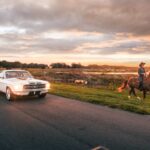
The Restomod Revival: Why Classic Mustangs Are Roaring Back
August 20, 2025
Why Your Professionally Restored Restomod Custom Range Rover Is Worth Every Penny
September 10, 2025A 1960s Jaguar E-Type Series 1 roadster exemplifies the timeless design that still captivates collectors today. Enzo Ferrari praised the E-Type as "the most beautiful car ever made," and decades later, its allure is stronger than ever.
From its debut in 1961, the Jaguar E-Type (known as the XK-E in the U.S.) struck a chord with enthusiasts, blending gorgeous styling with cutting-edge engineering. Now, over 60 years on, this classic is enjoying a renaissance. Interest in all variants - Series I, II, and III - is surging, fueled by rising values and a new generation of affluent buyers who see the classic Jaguar E-Type not just as a vintage car, but as a blue-chip collectible and emotional investment.
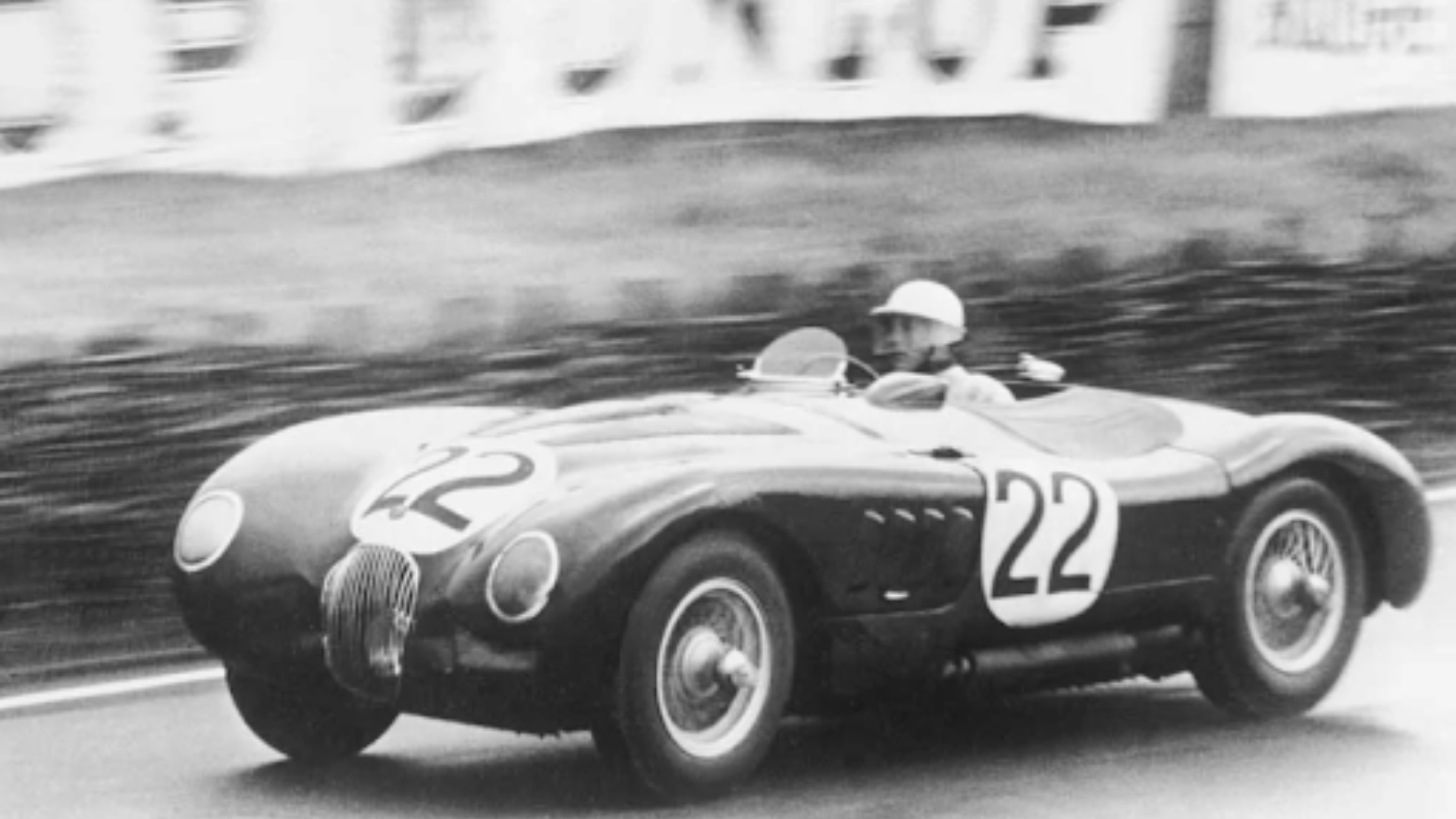
Classic Jaguar E-Type: A Brief History & Legendary Design
From Le Mans to Modern Art
To understand the E-Type's current desirability, we must first appreciate its legendary origins. The E-Type was born from Jaguar's formidable racing pedigree.
In the 1950s, Jaguar won the 24 Hours of Le Mans five times, and the E-Type was developed using lessons from the Le Mans-winning D-Type racer. It featured innovations like four-wheel disc brakes, independent suspension, and a monocoque chassis - exotic technology for a road car in 1961. This made the E-Type as much a performer as it was a stunner: a claimed 150 mph top speed and 0-60 in under 7 seconds put it among the fastest street cars of its day.
Beyond the track, the E-Type's design has earned immortal status. Its long, sensuous hood, curvaceous body, and elegant glass-covered headlights (on Series I models) are the stuff of automotive nirvana. The car was – and is – regarded as rolling art. In fact, New York's Museum of Modern Art recognized the E-Type's significance by acquiring a blue roadster for its permanent collection in 1996, one of only a handful of cars ever honored that way.
From royal appearances (an E-Type even whisked Prince Harry and Meghan Markle away from their wedding reception) to countless roles on screen and in song, the Jaguar E-Type became a cultural icon.
Series I, II, III - Evolving the Icon
Jaguar produced the E-Type from 1961 through 1974 in three distinct series, each now coveted in its own right. The Series I (1961-'68) is the purest expression, with its 3.8L (later 4.2L) straight-six, covered headlights, and knockout performance. About 72,520 E-Types were built in total, and North America was its biggest market - Jaguar reports roughly 37,700 were sold in the U.S. and Canada, about half of all production.
Series II ('68-'71) introduced minor styling and safety changes (open headlights, revised bumpers, and switches to meet U.S. regulations), while Series III ('71-'74) brought a 5.3L V12 engine and a shift toward grand-tourer comfort.
Traditionally, collectors placed the highest premiums on Series I cars - especially early 3.8L "flat floor" examples and other rare variants - but the classic Jaguar E-Type in any form has always been desirable. Today, all three series are experiencing rising appreciation. As values for the earliest cars climbed, "so too have values for the later cars," notes Hemmings, which observed even V12 Series III models bringing unexpectedly strong results of late.
To put a bow on it, every E-Type iteration is having a moment in the sun.
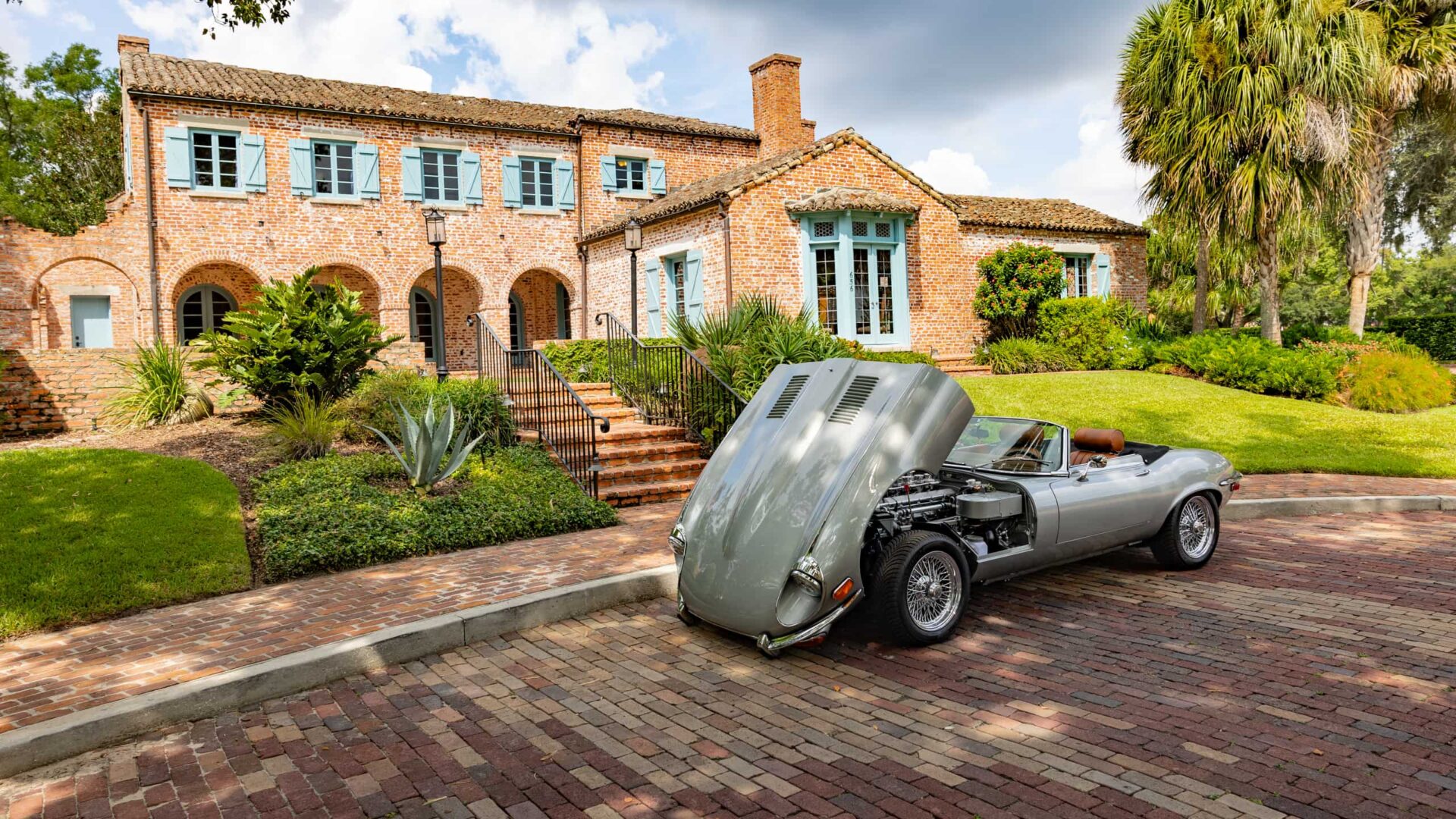
The E-Type's Racing Heritage and Enduring Legend
What makes the Jaguar E-Type legendary goes beyond looks. Its racing DNA imbues it with credibility and performance. The road car was based on the Jaguar D-Type racer, and while the E-Type itself had modest direct racing success (including 4th and 5th at Le Mans 1962), and wins in privateer hands by greats like Graham Hill and Jackie Stewart, it benefited hugely from race-bred engineering.
This combination of beauty and brawn made the E-Type a 1960s sensation. Celebrities from Frank Sinatra to Brigitte Bardot and Steve McQueen owned E-Types, adding to its glamor. Even the price was remarkable - at around £2,160 in 1961, the E-Type cost a fraction of a Ferrari or Aston Martin, putting high performance within reach of mere mortals.
All of this cemented the E-Type's status as a legend in its own lifetime. Crucially, that legend has never faded - if anything, it's grown. The E-Type's wider cultural impact is seen in how it transcended the car world: it's revered in museums, celebrated in style magazines, and endlessly referenced as a benchmark for automotive beauty. As British GQ quipped, the E-Type is "a 1960s icon that's never out of style”. Such enduring fame underpins why collectors today view the E-Type as a must-have classic.
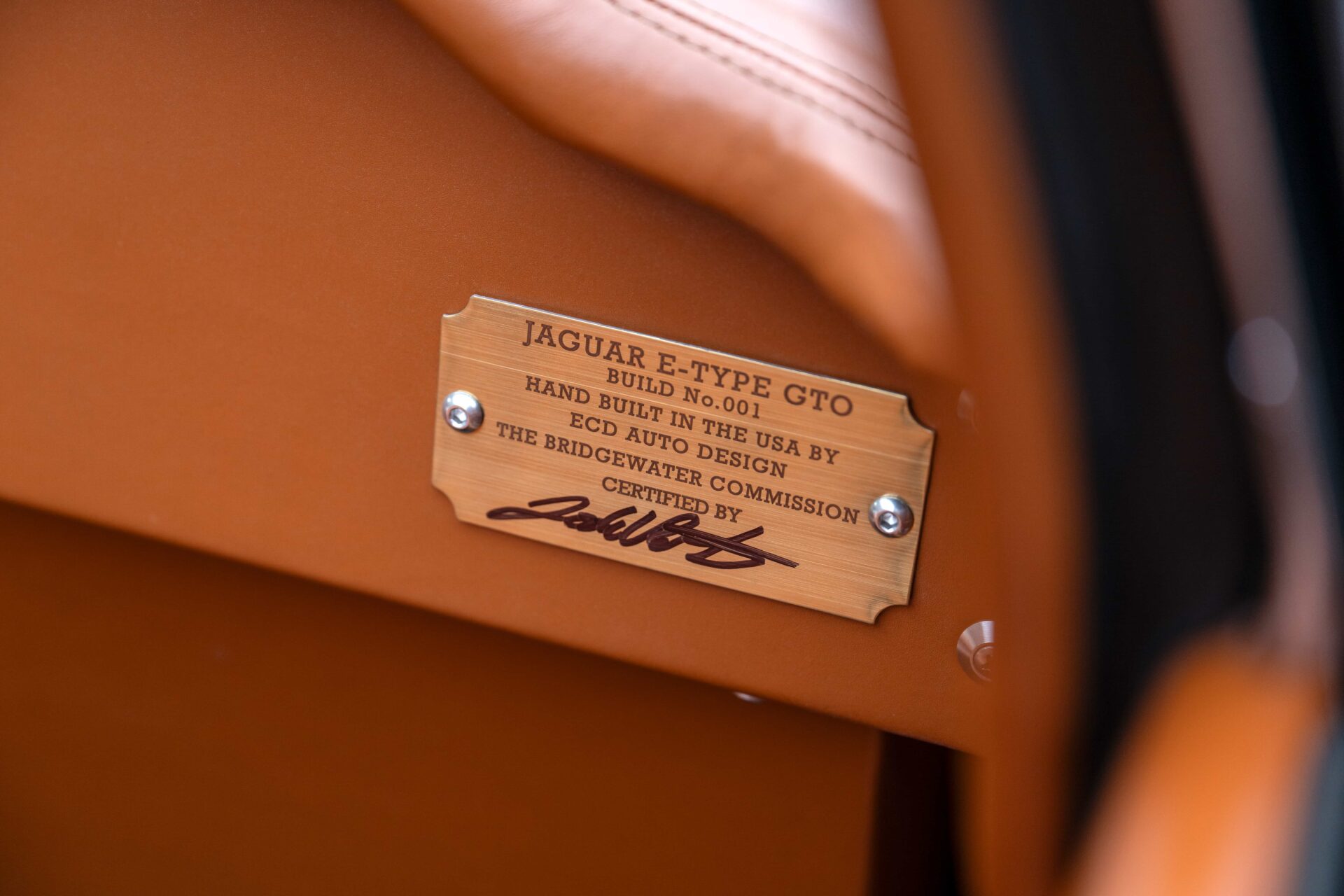
Jaguar E-Type Value Trends: Collectibility on the Rise
If the E-Type's mystique is well established, what's new is how hot the market has become for these Jaguars. In the last several years, all signs point to a renaissance in E-Type collectibility. Auction results, price guides, and market indices show a clear upward trajectory for E-Type values, often outpacing the general classic car market. Notably, this trend has held strong even through recent economic swings. During the pandemic boom, many classic cars spiked in value, only to see corrections as the market cooled in late 2022. Yet the E-Type appears to have escaped any notable correction.
While some collector cars have pulled back, the E-Type kept climbing. Consider a snapshot from Hemmings' online marketplace: after filtering out anomalies, the average Jaguar E-Type sale price rose about 51% in the past three years.
Thoroughly restored examples have been solid sellers, and demand remains robust across all conditions. The U.S. market, in particular, has seen surging values. Early flat-floor Series I roadsters that could be had for under $50,000 twenty years ago now routinely trade well into six figures. A Series I 3.8 Roadster sold for $632,000 at Pebble Beach in 2022, one of the highest prices seen for a production E-Type at the time. And in 2023, a very special 1961 E-Type (the first one ever sold, with distinguished provenance) set a world record at Gooding & Company’s London auction, hammering for about £911,000 (~$1.14 million).
Granted, that was an outlier due to rarity and history, but it underscored a point: top-tier E-Types have broken the $1 million barrier, something unthinkable a decade ago. Importantly, it's not just the perfectly original, early cars are appreciating. As mentioned, later Series II and III models have seen a halo effect. Where Series III V12 E-Types were once the bargain of the bunch, they're now climbing steadily. Clean Series IIs and IIIs that might have sold for under $50k a few years back are now reaching into the high five figures or beyond, especially for convertibles. It's a classic case of a rising tide lifting all boats (or, in this case, all cats). According to one analysis, the average value of an E-Type increased nearly 10% in a single year (2020), reflecting broader market enthusiasm.
Even global price guides like Hagerty have noted the E-Type's momentum; for example, Hagerty's Bull Market list recently highlighted the 1961-64 E-Type as a top pick for future appreciation, calling it a "safe bet" with iconic appeal. Why this strong growth? A few factors converge. The E-Type offers a rare blend of attributes: universally acclaimed design, historical significance, and relative availability (Jaguar made over 70k of them, which is a lot for an elite classic, meaning there are usually examples to buy). It's also been undervalued in the past compared to European peers like Ferraris and Aston Martins. As one Robb Report commentary noted, the Jaguar E-Type "may not currently be a blue-chip collectible - it should be."
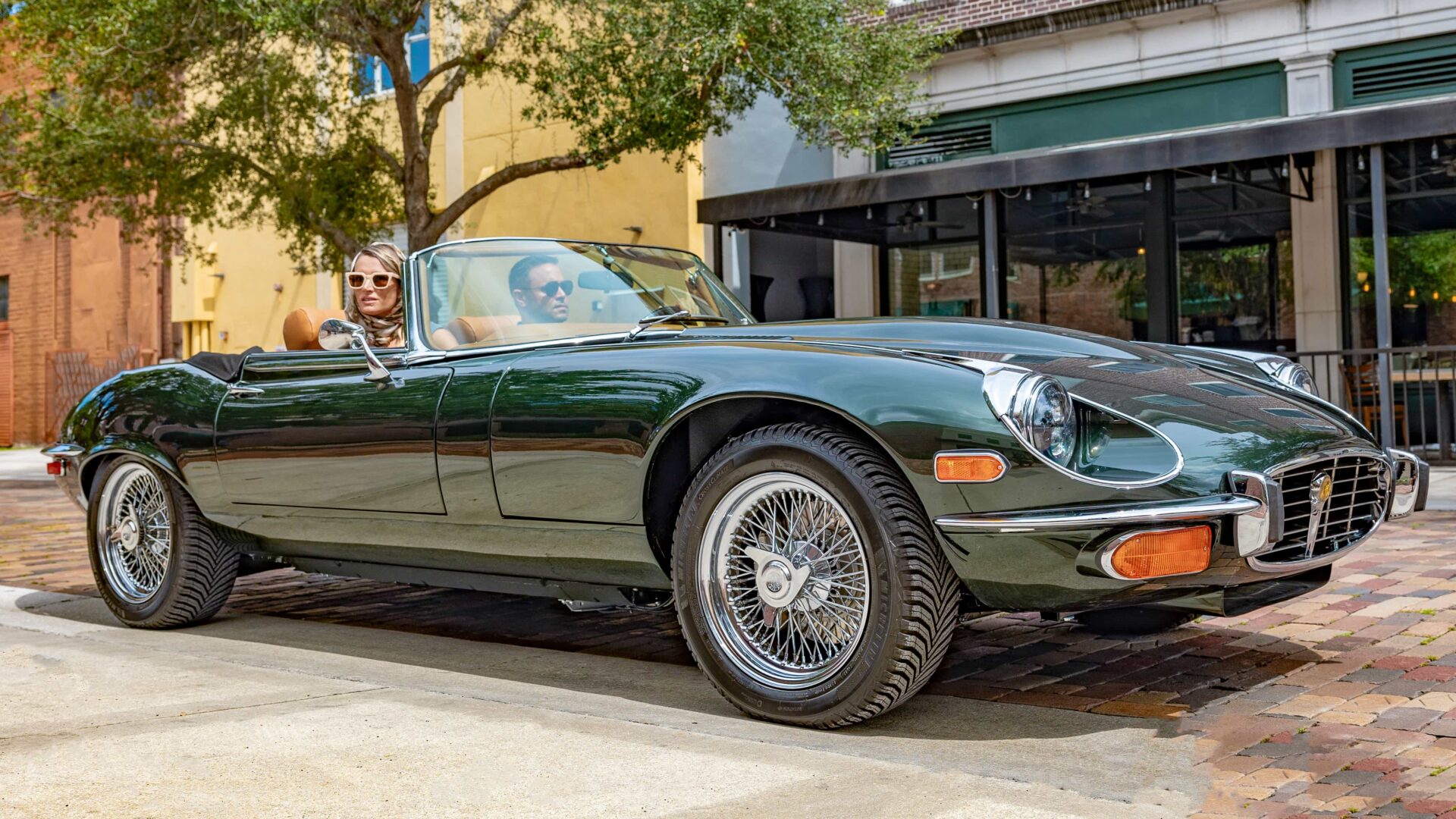
From Boomers to Millennials: Rediscovering the Jaguar E-Type
One of the most fascinating aspects of the E-Type's renaissance is the changing demographics of its admirers. For a long time, the E-Type was considered the quintessential "Boomer" car - beloved by those who remembered its 1960s heyday. But that's no longer entirely true. In recent years, younger collectors (Gen-Xers and even millennials with means) have been rediscovering the Jaguar E-Type and falling in love with it as a statement piece and investment. The data backs this up: Hagerty's insurance data showed that in 2017, nearly 90% of E-Type owners were born before 1965, but by 2022 that share had dropped to about 65%.
Bespoke Restorations: Keeping the Legend Alive
ECD Auto Design - a leading U.S. bespoke restoration firm - has added the Jaguar E-Type to its roster of custom builds. At ECD Auto Design, clients can commission a fully restored and modernized E-Type, tailored to their exact preferences. The idea of a vintage 1960s roadster with reliable modern mechanicals, improved comfort, and even electric conversions (for the eco-minded) has attracted younger buyers who crave the classic style without the old-car headaches. ECD's own Series II E-Type build, featured in Forbes, showcased a thumping V12 and modern amenities beneath the classic skin - a testament to the evolving ways an E-Type can be enjoyed in the 21st century.
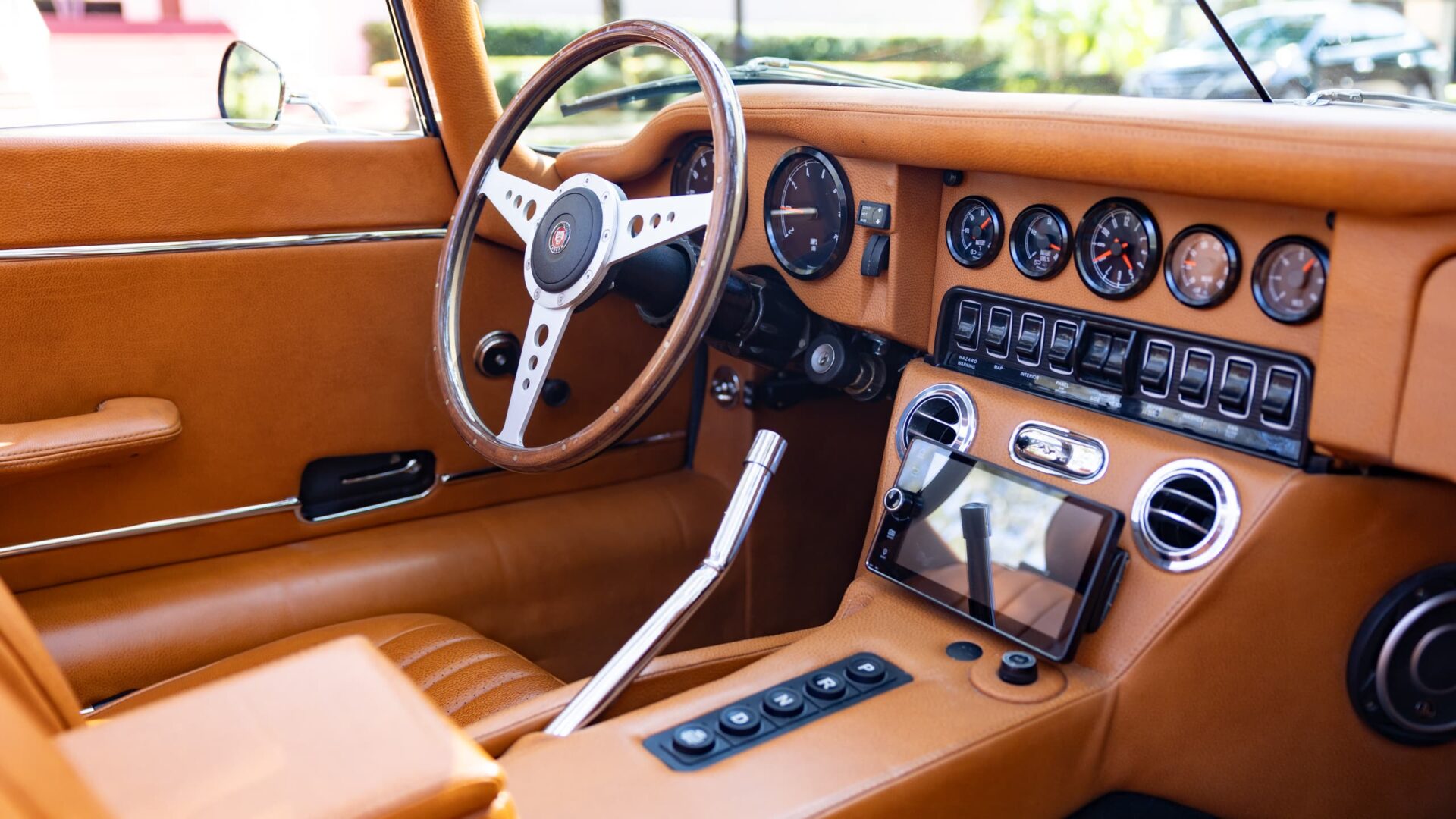
The E-Type's Future - Bright and Roaring
The Jaguar E-Type's renaissance is a convergence of past and present. Its 1960s legacy – the racing glory, the Enzo Ferrari praise, the jaw-dropping design – provides an unshakeable foundation. On that foundation stands a modern surge of interest, driven by rising values, savvy investors, and passionate new fans who see the E-Type as a rolling icon and sound investment.
The iconic cat has indeed been reborn for a new era, and it's purring louder than ever.
Ready To Build Yours?
Contact a restoration expert at ECD Auto Design to get your totally custom Jaguar E-Type in motion.

